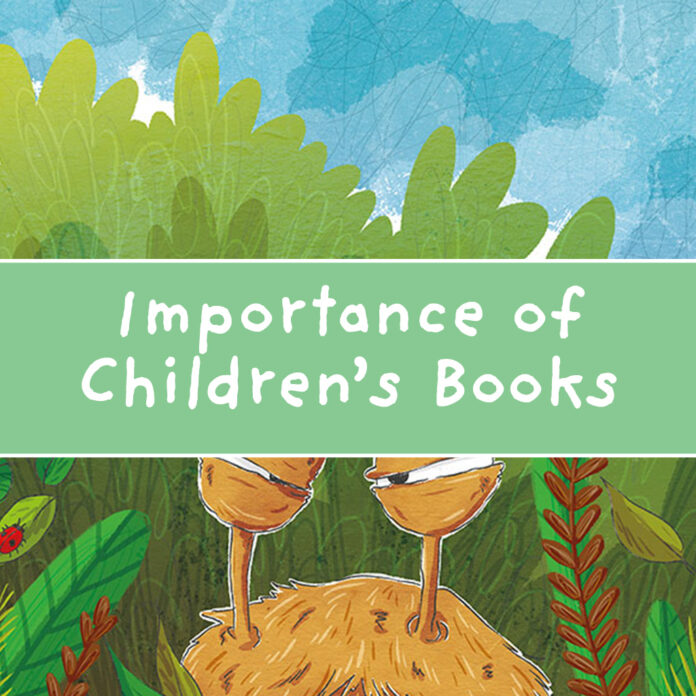Editing children’s literature encompasses a variety of challenges and considerations, particularly when working with different formats such as picture books and chapter books. These two forms of children’s literature serve distinct age groups and developmental stages, requiring editors to adopt specialized approaches to ensure each book meets the needs and expectations of its target audience. While both picture books and chapter books aim to engage young readers, the editing processes for these formats differ significantly in terms of focus, structure, language, and visual elements. This article delves into the unique aspects of editing picture books versus chapter books, highlighting the key differences and the editor’s role in shaping these beloved forms of children’s literature.
Understanding the Audience
Picture Books: Engaging Early Readers
Picture books are typically geared toward very young Best CHILDREN’S BOOK EDITING SERVICES, usually between the ages of 2 and 7. These early readers are still developing foundational language skills and often rely on visual stimuli to understand and engage with the story. As such, picture books must be accessible, engaging, and easy to follow. The text is usually limited to a few sentences or short paragraphs per page, and the story is often straightforward and simple, designed to be read aloud by an adult.
Editors working on picture books must pay close attention to the clarity and simplicity of the language. The choice of words, sentence structure, and overall tone must be appropriate for the young audience, ensuring that the story is both understandable and enjoyable. Additionally, the rhythm and flow of the text are crucial, particularly for read-aloud experiences, where the cadence of the words can enhance the story’s impact.
Chapter Books: Captivating Independent Readers
In contrast, chapter books are aimed at slightly older children, typically between the ages of 7 and 10, who are beginning to read independently. These readers have developed stronger language skills and can handle more complex narratives and vocabulary. Chapter books often feature longer stories, divided into chapters, with more detailed plots, character development, and dialogue.
Editors of chapter books must consider the cognitive and emotional maturity of their readers. The language used can be more sophisticated, and the plot can involve more intricate conflicts and resolutions. However, the editor must still ensure that the book remains age-appropriate, both in terms of content and difficulty level. Balancing complexity with accessibility is key to maintaining the reader’s interest while also challenging them to develop their reading skills.
Structure and Length
The Compact Nature of Picture Books
One of the most significant differences between picture book editing and chapter book editing is the structure and length of the manuscripts. Picture books are generally much shorter, typically ranging from 24 to 32 pages, with minimal text on each page. This brevity requires a high level of precision in both writing and editing, as every word must serve a purpose.
Editors of picture books often work closely with authors to trim unnecessary words and phrases, ensuring that the text is concise yet evocative. The structure of the story must be clear and linear, with a well-defined beginning, middle, and end. Each page turn should contribute to the narrative progression, keeping young readers engaged and eager to discover what happens next. The pacing is also critical, as the story needs to move swiftly without overwhelming the reader.
The Expansive Format of Chapter Books
Chapter books, on the other hand, offer more space for narrative development, typically spanning 80 to 150 pages or more, depending on the target age group. This extended length allows for more elaborate storylines, multiple subplots, and greater character development. Editors of chapter books must ensure that the structure supports these elements, with a clear and logical flow from one chapter to the next.
In chapter book editing, the focus is on maintaining a balanced pace throughout the story. Each chapter should contribute to the overall narrative arc, with appropriate rises and falls in tension and action. Editors must also be mindful of chapter endings, which often serve as natural pauses for young readers. These breaks should leave the reader eager to continue, whether through a cliffhanger, a moment of reflection, or a question that propels the story forward.
Visual Elements and Illustrations
The Integration of Text and Art in Picture Books
One of the defining features of picture books is the integration of text and illustrations, which work together to tell the story. The visuals are not merely supplementary but are often essential to the narrative, providing context, enhancing emotional impact, and engaging young readers’ imaginations. Editors of picture books must consider how the text interacts with the illustrations, ensuring that both elements complement and enhance each other.
When editing a picture book, an editor may need to collaborate closely with the illustrator and author to achieve the desired balance between words and images. This process can involve adjusting the text to fit within the illustrated scenes, ensuring that the pacing aligns with the visual storytelling, and verifying that the illustrations effectively convey the story’s mood and tone. Editors must also consider the layout of each page spread, ensuring that the text and illustrations are harmoniously arranged to guide the reader’s eye across the page.
Illustrations as Enhancements in Chapter Books
While chapter books may include illustrations, they are generally less integral to the storytelling than in picture books. Illustrations in chapter books are often black-and-white sketches or spot illustrations that serve to break up the text, provide visual interest, and support the reader’s understanding of the story. These images may depict key scenes, characters, or settings but do not carry the same



